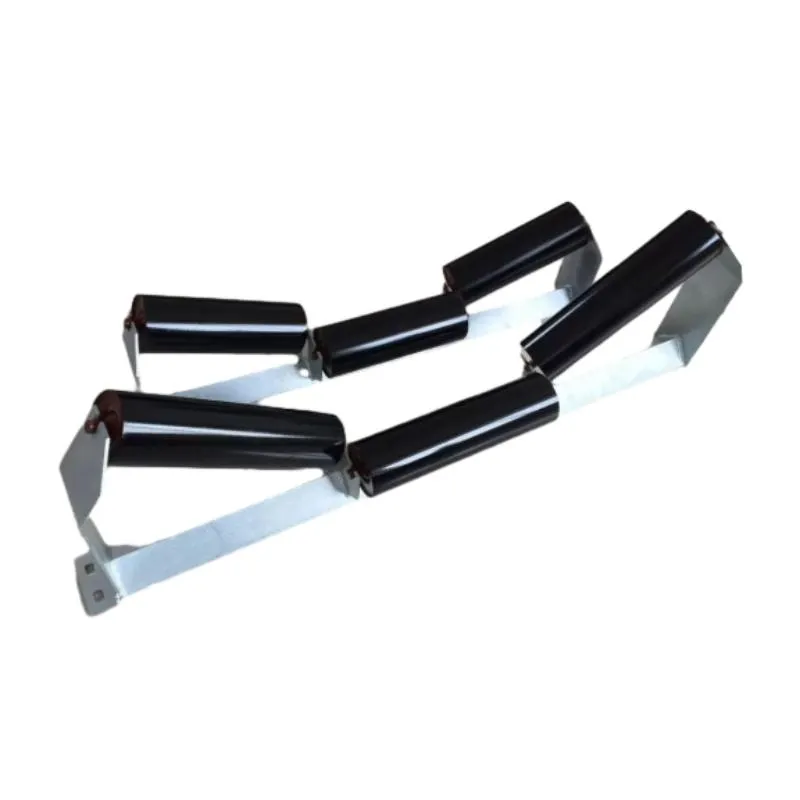 Afrikaans
Afrikaans  Albanian
Albanian  Amharic
Amharic  Arabic
Arabic  Armenian
Armenian  Azerbaijani
Azerbaijani  Basque
Basque  Belarusian
Belarusian  Bengali
Bengali  Bosnian
Bosnian  Bulgarian
Bulgarian  Catalan
Catalan  Cebuano
Cebuano  Corsican
Corsican  Croatian
Croatian  Czech
Czech  Danish
Danish  Dutch
Dutch  English
English  Esperanto
Esperanto  Estonian
Estonian  Finnish
Finnish  French
French  Frisian
Frisian  Galician
Galician  Georgian
Georgian  German
German  Greek
Greek  Gujarati
Gujarati  Haitian Creole
Haitian Creole  hausa
hausa  hawaiian
hawaiian  Hebrew
Hebrew  Hindi
Hindi  Miao
Miao  Hungarian
Hungarian  Icelandic
Icelandic  igbo
igbo  Indonesian
Indonesian  irish
irish  Italian
Italian  Japanese
Japanese  Javanese
Javanese  Kannada
Kannada  kazakh
kazakh  Khmer
Khmer  Rwandese
Rwandese  Korean
Korean  Kurdish
Kurdish  Kyrgyz
Kyrgyz  Lao
Lao  Latin
Latin  Latvian
Latvian  Lithuanian
Lithuanian  Luxembourgish
Luxembourgish  Macedonian
Macedonian  Malgashi
Malgashi  Malay
Malay  Malayalam
Malayalam  Maltese
Maltese  Maori
Maori  Marathi
Marathi  Mongolian
Mongolian  Myanmar
Myanmar  Nepali
Nepali  Norwegian
Norwegian  Norwegian
Norwegian  Occitan
Occitan  Pashto
Pashto  Persian
Persian  Polish
Polish  Portuguese
Portuguese  Punjabi
Punjabi  Romanian
Romanian  Russian
Russian  Samoan
Samoan  Scottish Gaelic
Scottish Gaelic  Serbian
Serbian  Sesotho
Sesotho  Shona
Shona  Sindhi
Sindhi  Sinhala
Sinhala  Slovak
Slovak  Slovenian
Slovenian  Somali
Somali  Spanish
Spanish  Sundanese
Sundanese  Swahili
Swahili  Swedish
Swedish  Tagalog
Tagalog  Tajik
Tajik  Tamil
Tamil  Tatar
Tatar  Telugu
Telugu  Thai
Thai  Turkish
Turkish  Turkmen
Turkmen  Ukrainian
Ukrainian  Urdu
Urdu  Uighur
Uighur  Uzbek
Uzbek  Vietnamese
Vietnamese  Welsh
Welsh  Bantu
Bantu  Yiddish
Yiddish  Yoruba
Yoruba  Zulu
Zulu conveyor system parts
Understanding Conveyor System Parts A Comprehensive Overview
Conveyor systems are integral to various industries, facilitating the efficient movement of goods and materials. These conveyor systems consist of multiple components that work in synergy to ensure smooth operation. Understanding the different parts of conveyor systems is crucial for optimizing performance, enhancing productivity, and ensuring safety. In this article, we will delve into the key components of conveyor systems and their functions.
1. Belts
At the heart of many conveyor systems lies the belt. Conveyor belts are typically made from durable materials such as rubber, fabric, or metal, and they come in different types depending on the application. For instance, modular belts are constructed from interlocking plastic segments, providing flexibility and ease of maintenance. The main function of the belt is to transport materials from one point to another, and its design significantly impacts the system's efficiency. Selecting the appropriate belt type is essential for ensuring that it can withstand the loads and conditions it will encounter.
2. Rollers
Rollers are crucial parts of a conveyor system as they support the belt and play a vital role in its movement. Typically made from steel, plastic, or aluminum, rollers come in various configurations, including idler rollers, which help in guiding the belt, and powered rollers, which are equipped with motors to drive the belt. The arrangement and functionality of rollers can greatly affect the overall performance of the conveyor system. Proper maintenance of rollers is necessary to prevent wear, which can lead to operational inefficiencies.
3. Drives
The drive system is responsible for the movement of the conveyor belt. It usually consists of a motor, gearbox, and associated linkage. The motor provides the necessary power to move the belt, while the gearbox helps to control the speed and torque. Various types of drives are available, including electric motors, pneumatic drives, and hydraulic systems. Choosing the right drive system is critical for ensuring that the conveyor operates at the desired speed and efficiency, especially when handling heavy loads.
4. Tensioners
conveyor system parts

Tensioning devices play a vital role in maintaining the appropriate tension on the conveyor belt. Proper tension is essential for efficient operation, as it prevents slippage and wear on the system components. Tensioners can be manual or automatic, and their design varies based on the type of conveyor system in use. Regular monitoring and adjustment of tension are necessary to ensure that the conveyor system operates smoothly.
5. Supports and Frames
The structural integrity of a conveyor system is ensured by its supports and frames. These components provide stability and support the weight of the loaded conveyor. Frames are typically made from steel or aluminum, and they come in various designs to suit different operational needs. Supports may include legs, brackets, and bases that allow for the appropriate height and angle for the conveyor. It's crucial to consider the overall layout and space limitations when designing the support structure.
6. Sensors and Controls
Modern conveyor systems often incorporate sensors and control systems for improved automation and safety. Sensors can detect the presence of materials, monitor the speed of the belt, and identify malfunctions or abnormalities in real-time. Control systems are essential for managing these sensors and ensuring that the conveyor operates efficiently. Automated systems can enhance productivity by reducing the need for manual intervention and enabling smoother operations.
7. Safety Devices
Safety is paramount in any industrial setting, and conveyor systems are no exception. Various safety devices are integrated into conveyor systems, including emergency stop switches, guards, and warning lights. These devices are designed to minimize the risk of accidents and ensure the safety of operators and personnel involved in the handling of materials. Compliance with safety regulations and standards is essential to maintain a safe working environment.
Conclusion
Understanding the various parts of conveyor systems is essential for anyone involved in their operation, maintenance, or design. Each component, from belts and rollers to motors and safety devices, plays a critical role in ensuring the efficient and safe transport of materials. As industries continue to evolve, embracing innovations in conveyor technology will be vital for enhancing productivity and meeting the demands of modern operations. By investing time in understanding and maintaining these components, businesses can ensure optimal performance and longevity of their conveyor systems.
-
Revolutionizing Conveyor Reliability with Advanced Rubber Lagging PulleysNewsJul.22,2025
-
Powering Precision and Durability with Expert Manufacturers of Conveyor ComponentsNewsJul.22,2025
-
Optimizing Conveyor Systems with Advanced Conveyor AccessoriesNewsJul.22,2025
-
Maximize Conveyor Efficiency with Quality Conveyor Idler PulleysNewsJul.22,2025
-
Future-Proof Your Conveyor System with High-Performance Polyurethane RollerNewsJul.22,2025
-
Driving Efficiency Forward with Quality Idlers and RollersNewsJul.22,2025





























